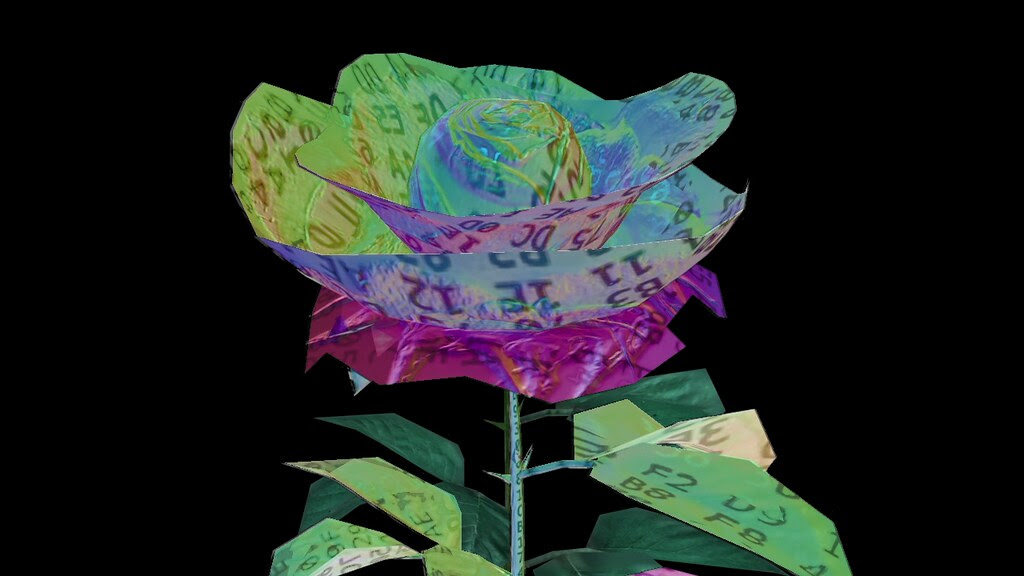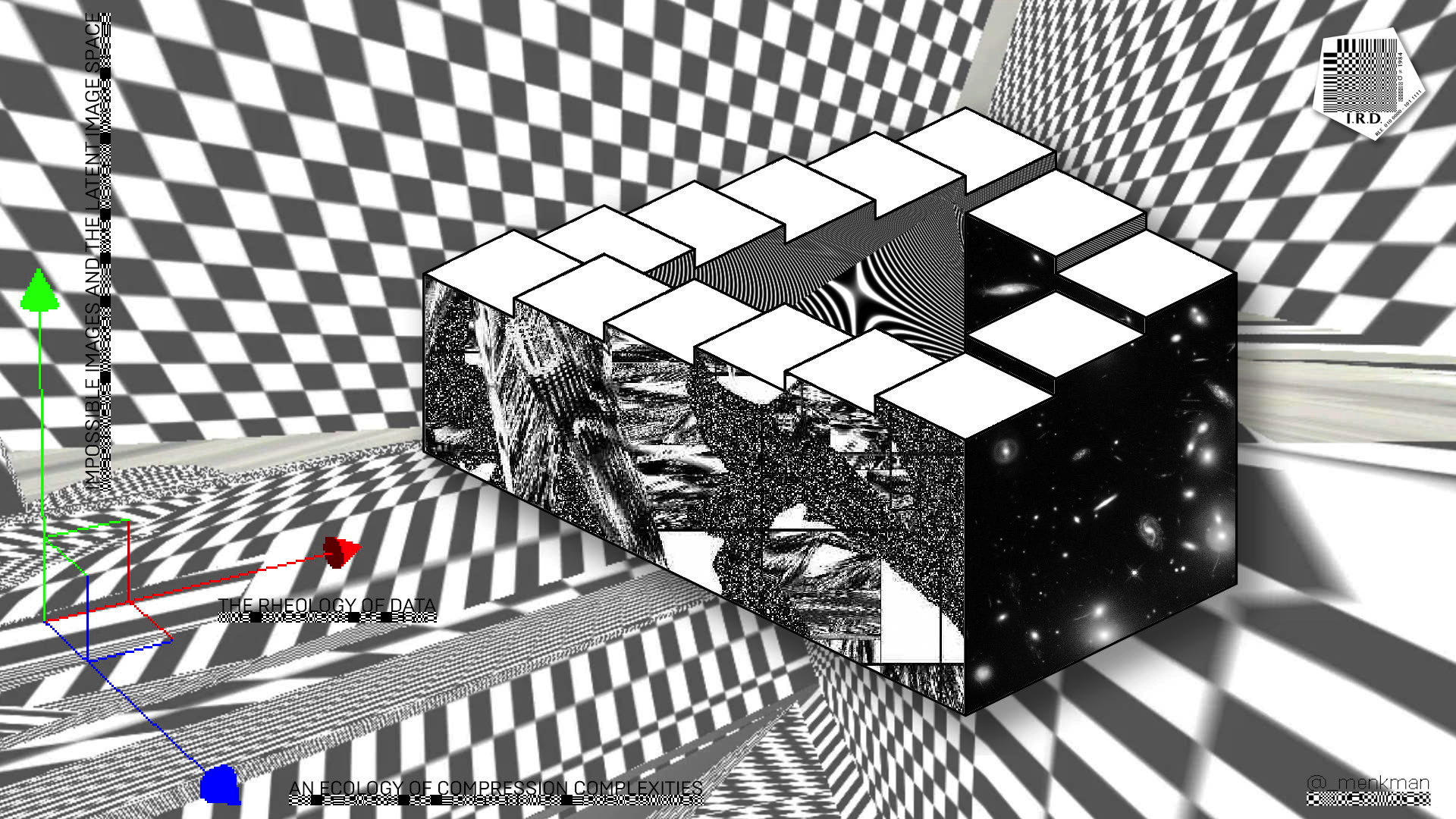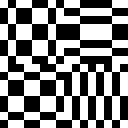
/********************************************/
|
This Patch
0000 Opening of Im/Possible Images @Lothringer_13, Munich!
0001 The Shredded Hologram Rose @ Feral File
0010 Performative Lecture for COMPUTER GRRRLS
0011 NEW: AN ONLINE CALENDAR!
0100 Unfolding AI / Unfolding Models @MIT Center for Art

15. Juli – 19. September 2021. Imagine you could obtain an 'impossible' image, of any object or phenomenon that you think is important, with no limits to spatial, temporal, energy, signal/noise or cost resolutions, what image would you create? With: Memo Akten, Peter Edwards, Sasha Engelmann & Sophie Dyer, Fabian Heller, Rosa Menkman, Susan Schuppli, UCNV, Alan Warburton a.o. Images are pervasive; they are used to entertain, to guide, to serve as evidence or as tools for discovery. But they can also be invisible, made for machines and by machines in order to filter, track, classify, sort, or delete. As such, they constitute and influence the fabric of our everyday lives. Sometimes it is even said that one's life is now ruled by a regime of the optical. How are such regimes constructed? In order for an object or thing – light or other type of data – to enter the visible domain and to become an image, it needs to be resolved. It needs to pass through a process involving standards, rules and compromises. As a result, under the fold of our image processing technologies, there is a complex system that constitutes our images and the optical regime we abide by. Spanning from all possible images to invisible images, Im/Possible images brings together strategies and methods of making visible. It also explores the conditions of image making today: how do resolutions shape images and how does the process of resolving compromise its rendering? Can one listen to an image? When do aberrations and translations turn into ‘false’ representations? And how has the field of computer simulation expanded the rules and functioning of our imagery? Initiated by Rosa Menkman, Lothringer 13 Halle will host an im/possible summer school and become a space that sheds light on the realms of im/possible images. Through workshops and talks, international guests, local artists and researchers are invited to probe the experimental field of knowledge production with an emphasis on (digital) image infrastructures.  |

.
0001 The Shredded Hologram Rose @ Feral File
From the shredded side of a Hologram, one can peek into the 3D objects’ Delta Axis. From this perspective, one can see the Holograms render objects, which form a repository of layered information about the Holograms provenance, metadata, and other information that the unscathed Hologram would never prevail.
Now available via the Feral File platform, which offers digital artwork for sale as Bitmark NFTs.
The rose will always be and remain freely available online, under a CC licence, like all my work.
But you can also Collect the rose, the NFT to end all NFTs.... ;)
The Bitmark Property System enables management of digital property rights, without using the Ethereum protocol. Because Bitmark is a smaller, more specialized blockchain, it requires exponentially smaller amounts of energy than Bitcoin or Ethereum.
I considered and reconsidered hashing a work on the blockchain and presenting it as commodity. It was a choice not easily made, which I think both the work itself and my remarks on crypto art published on the INC platform make clear.

0010 Performative Lecture for COMPUTER GRRRLS
01.07.2021 | 18:00 - 19:30
The long awaited publication Computer Grrrls is finally here!
For the book presentation, the editors invited me to present my essay in the form of a performative lecture.
To receive the login details for the event (platform: Zoom), please register via e-mail at event@hmkv.de
Edited by Inke Arns and Marie Lechner, the publication brings together 23 international artistic positions that negotiate the relationship between gender and technology in history and the present. Computer Grrrls explores the complex relationship between women and technology-from the first human computers to the current revival of techno-feminist movements. An illustrated timeline of over 200 entries documents these developments from the 18th century to the present. With contributions by Inke Arns, Claire L. Evans, Elisa Giardina Papa, Marie Lechner, Mimi Onuoha, Cornelia Sollfrank and me ☺
Design: The Laboratory of Manuel Bürger. Dortmund: Kettler, German, English, 17 x 24 cm, 200 pages, ISBN: 978-3-86206-907-1.
More information here

0011 NEW: AN ONLINE CALENDAR!
[imgs == new iteration of les inconnues for Rainbows End festival]
Finally I got myself a bit organised and am now keeping track of my activities here


0100 Unfolding AI / Unfolding Models @MIT Center for Art
My MIT Unfolding Intelligence Symposium video has been released online, watch it here
For the NCAD event with Joanna Zylinska and Rachel O'Dwyer, I recorded a somewhat overlapping, somewhat additive video lecture titled "Destitute Vision"





